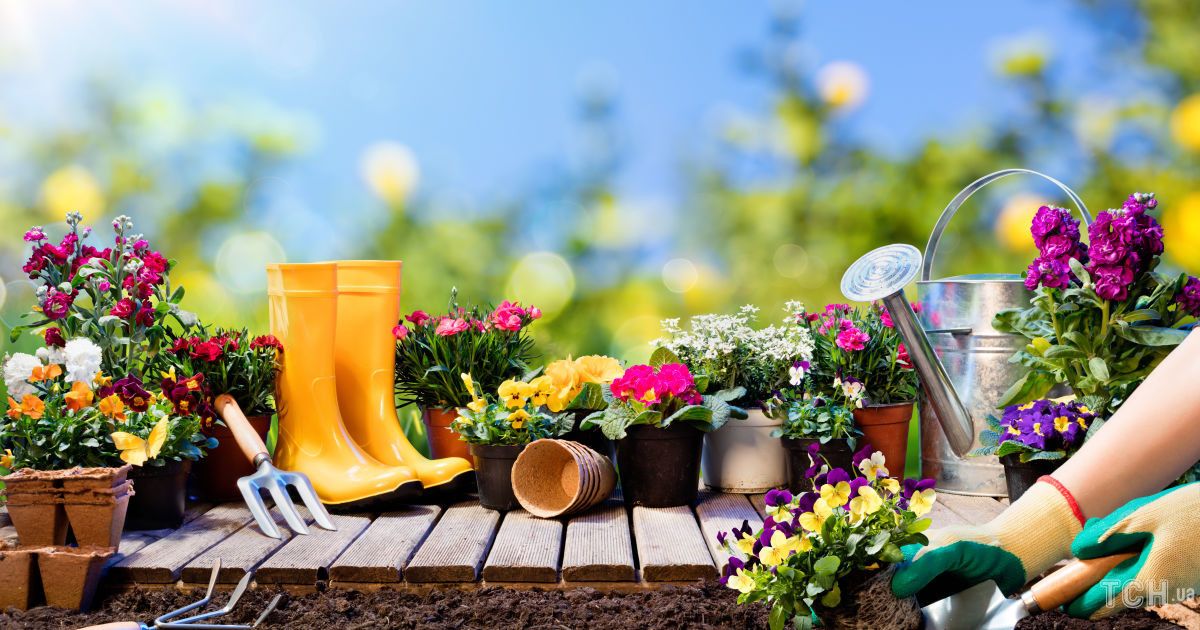Gardening know how tells how to become a gardener and create the garden of your dreams.
If you've never done gardening before, but you've decided to make a big change in your life in this sense, start by reading books and subscribing to popular garden bloggers.
Another resource is other gardeners.
Talk to neighbors whose gardens you admire.
Most likely, they will be happy to talk with you about gardening, show you everything and give advice.
Start small
Creating a garden from scratch or overhauling an overgrown garden is a big job that can quickly become overwhelming and unmanageable.
For the best results, gardening beginners should start with modest goals.
Take one corner of your garden and work on it first.
When you're happy with the results and inevitably learn from some mistakes, move on to the next project.
Do you have a plan
For best results, start with a plan.
This is very important for success, because many factors must be taken into account when growing plants: soil type and quality, number of available sunlight hours, drainage, plant compatibility, their location, and much more.
How to choose a "trial area"
Photo: Credits
Choose a location that receives at least six hours of sunlight per day and has well-drained soil.
Avoid areas where water can stand after rain or where the soil is full of roots that will be difficult to dig up and work.
Choose plants that grow well in your conditions and get along with each other without problems.
Species that grow in your region are best.
Make a planting plan.
You can always make changes, but it's best to have at least a rough idea of where each plant will be planted before you get down to business.
When to start work in the garden
You need to start spring work in the garden taking into account the weather.
Spring is early, and then you can start planting already in March, but if there is still snow in April, then, of course, you should forget about field work until the end of the thaw.
Look at the average date of the last frost in your area to get an idea of when you can start putting your plants in the ground.
It is also important to know the hardiness of the plants you are using.
Hardier perennials and vegetables can withstand late frosts, while tender annuals should be planted later.
How to prepare the garden for spring
It is necessary to prepare for spring in the garden.
You can start preparing before the last frost, but make sure the soil is sufficiently thawed and suitable for cultivation.
It is also worth doing a soil test to understand which plants should be preferred.
To make sure the space is ready for plants, there are a few basic steps to take:
clear the area by removing all the plants you don't need;
pull out weeds;
remove stones and other debris.
Dig and loosen the soil, add some compost if you have it.
When everything is ready and the weather permits, plant the plants in the ground.
Your work is not done, of course.
Now you need to maintain the space by watering, fertilizing, pruning and weeding as needed.
Spring gardening for beginners is challenging, but doable and rewarding.
With the right location, adequate planning, hard work, patience and good timing, you can create a beautiful spring garden that will delight you all fall.
Read also:
It will be very nice: how to grow a meadow of snowdrops
The main flower of winter: how to care for hellebore
It's very simple: British gardeners have told how to make the best fertilizer for roses
